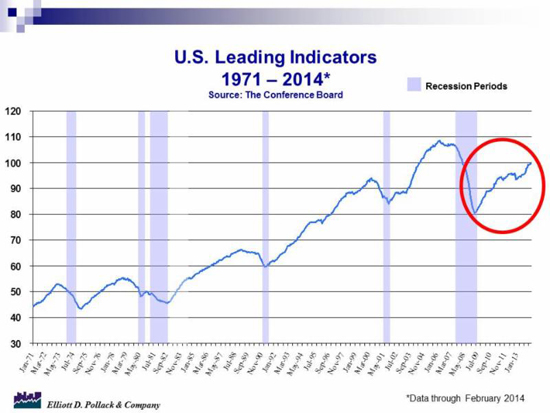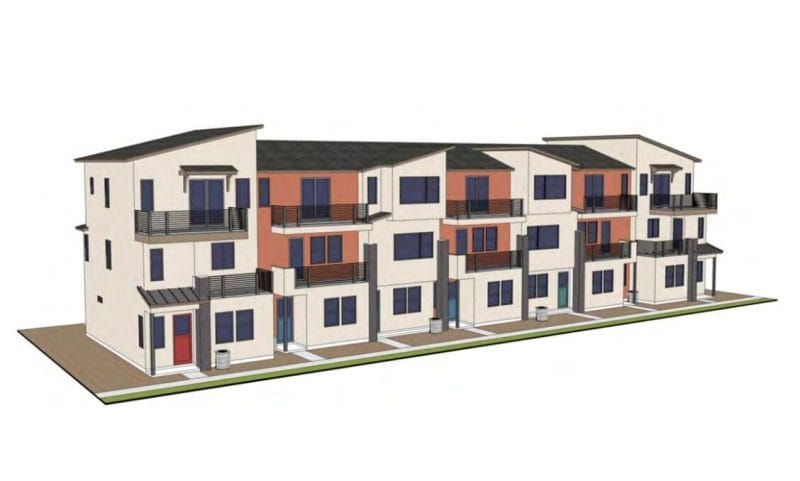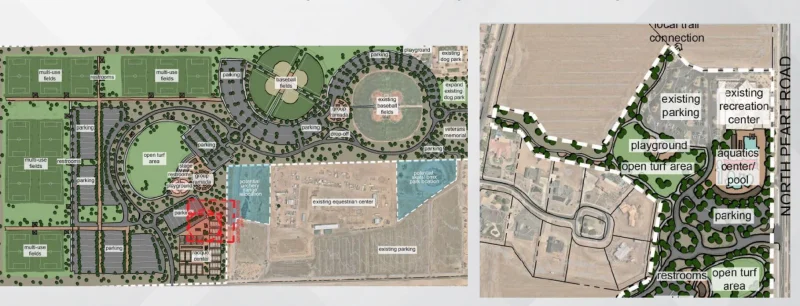The Monday Morning Quarterback/A quick analysis of important economic data released over the past week
Elliott Pollack & Co.
The economic data this week failed to identify any new trends in the economy; we continue to be stuck in a sluggish economic recovery. It is very possible that this recovery will be void of any real economic boom. Of course, there is a lot of guesswork when making such projections. However, this does seem to be the most likely scenario at the present time. What will this mean for Arizona?
Well, the state will remain a solid bet over the longer term for employment and population growth, but growth will continue to be below what we are used to for a while longer. Despite this, the state will still be a top 10 (or maybe top 5) for employment growth since the sluggish recovery is affecting the U.S. as a whole as well. Down the road a very mediocre recovery will likely yield a very mild recession, absent the development of significant economic imbalances or some extreme shocks.
Arizona total claims for unemployment insurance continue to decline and are 31.3% below a year ago.
Arizona retail sales continue to do well. February retail sales for the state were up 2.4% from a year ago.
Statewide and Metro Phoenix lodging performance improved in February versus a year ago. Occupancy for the state was up to 70.8% compared to 66.9% a year ago. For Metro Phoenix, occupancy was up to 78.7% compared to 72.8% a year ago.
The latest release from R.L. Brown showed that there were 813 new home permits issued in Greater Phoenix, as of February. Permits are up from the 677 issued in January but are below the 986 issued in February of last year. Existing home sales declined 12.1% from last February while new home closings also declined 18.4% from a year ago.
Even though we seem to be in a cycle that is absent of extremes, there will be greater ramifications for the state and local government entities in terms of their fiscal policies. Not enough communities are looking at the economic recovery over the longer term. For those that are indeed looking three or four years down the road, not enough consideration is being given to the fact that simply balancing a budget through 2017 or 2018 isn’t enough. This is the time to start planning for the next downturn. Otherwise, what seems like a balanced budget through the remainder of the current expansion will simply result in limited capacity to adjust for when things slow. So, while the weak expansion will most likely result in only a mild downturn, many government entities might be poorly equipped to manage through it.
U.S. Snapshot:
Leading indicators continue to show improvements (see chart below). The U.S. index of leading economic indicators rose 0.5% in February, following a 0.1% increase in January.
Inflation, at the consumer level, remains soft as of February.
Industrial production in the U.S. was unexpectedly strong in February and now stands 2.8% above year earlier levels. This pushed up capacity utilization to 78.8, up from 78.1 a year ago.
The National Association of Home Builders market index was at 47 in March. This is just about the same as February’s 46 and up from 44 a year ago. Any number over 50 indicates that more builders view conditions as good over poor.
According to the National Association of Realtors severe winter weather and rising prices caused existing-home sales to slip in February. Total existing-home sales declined 7.1% from the seasonally adjusted annual rate of 4.95 million in February of 2013 to 4.60 million in February of 2014. February’s sales rate was the slowest pace since July 2012.











